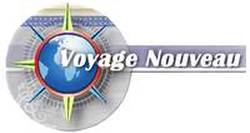





Scientists have developed a method, using a double layer of lipids, which facilitates the assembly of DNA origami units, bringing humans one-step closer to DNA nano-machines.
Scientists have been studying ways to use synthetic DNA as a building block for smaller and faster devices. DNA has the advantage of being inherently “coded”. Each DNA strand is formed of one of the 4 “codes” that can link to only one complementary code each, thus binding 2 DNA strands together. Scientists are using this inherent coding to manipulate and “fold” DNA to form “origami nanostructures” : extremely small two- and three-dimensional shapes that can be used as construction material to build nano-devices such as nano-motors for use in targeted drug delivery inside the body.
They used a double layer of lipids (fats) containing both a positive and a negative charge. DNA origami structures were weakly absorbed onto the lipid layer through an electrostatic interaction. The weak bond between the origami structures and the lipid layer allowed them to move freely than in other approaches developed by scientists, facilitating their interaction with one another to assemble and form larger structures.
- Editor:
- Police Public Relations Branch, 11/F Arsenal House, Police Headquarters, No. 1 Arsenal Street, Wan Chai, HK.
- Tel:
- 2860 6157
- Fax:
- 2200 4304
- JPC homepage:
- http://www.hkpjpc.org.hk
- Police homepage:
- http://www.police.gov.hk